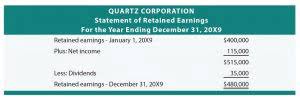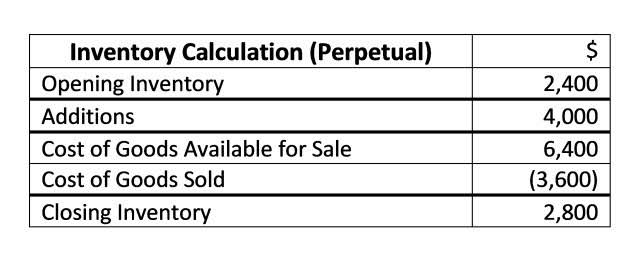
As a refresher of the accounting equation, all asset accounts have debit balances and liability and equity accounts have credit balances. Here’s an example of how each T-account is structured in the accounting equation. The main purpose of using a T-Account is to help track and manage an individual’s financial transactions.
- If the labor costs are still debited and credited fully, then this type of mistake can also be difficult to catch.
- This is because the types of financial documents both businesses and governments require cannot be created without the details that a double entry system provides.
- However, since debits and credits are entered at the same time, these kinds of mistakes can be easier to catch if the accountant checks his numbers after every journal entry.
- Examples of asset accounts are cash, inventory, and account receivable.
- Such an error will not show up in T account systems as it does not affect the way the books balance.
- This feature allows you to focus on specific dimensions and gain insightful knowledge regarding the financial health of your business.
- A T Account is the visual structure used in double entry bookkeeping to keep debits and credits separated.
Why Do Accountants Use T Accounts?

To reduce the Cash account, the account must be credited since it is an asset account. On the other hand, the Notes Payable account is expected to be debited since it is a liability account. https://www.bookstime.com/ A T account ledger is an informal way of addressing a double-entry bookkeeping system.
- Be sure to check your understanding of this lesson by taking the quiz in the Test Yourself!
- It is, however, very easy, efficient, and cost-effective to use accounting software solutions such as TallyPrime to implement T account bookkeeping in a business.
- A financial professional will offer guidance based on the information provided and offer a no-obligation call to better understand your situation.
- For asset accounts, the debit (left) side always indicates an increase to the account and the credit (right) side indicates a decrease to the account.
Errors Of Principle
- Each example of the T-account states the topic, the relevant reasons, and additional comments as needed.
- As a young accountant I had to determine the effect of a new FASB standard on my employer’s financial statements.
- (Purchases of equipment or supplies are not recorded in the purchases account.) This account reports the gross amount of purchases of merchandise.
- Unfortunately, any accounting entries that are completed manually run a much greater risk of inaccuracy.
- Consider the word “double” in “double entry” standing for “debit” and “credit”.
Ask a question about your financial situation providing as much detail as possible. Your information is kept secure and not shared unless you specify. Our mission is to empower readers with the t accounts most factual and reliable financial information possible to help them make informed decisions for their individual needs.
Explore Apple Support Community
T-accounts adjusting entries are used as an aid for managing debits and credits when using double-entry accounting. Used more as a support mechanism, accounting T-accounts can be helpful for small business owners and entry-level bookkeepers who are making the move to double-entry accounting. I regularly use T-accounts when preparing adjusting entries (accruals and deferrals). I begin by drawing two T-accounts, marking one as the balance sheet account, and one as the income statement account. The next step is to determine the amount that should be the correct ending balance for the balance sheet account. The difference between the current balance and the needed ending balance is the amount for the adjusting entry.


Transactions are posted to each T-account just like writing a journal entry. In this case, you debit $20,000 in the cash T account and credit $20,000 in the revenue T account. Two entries (hence, double entry), one on the left and one on the right, so everything is good. At the top you have the account name, for example “cash,” “owner’s equity,” or “accounts payable.” Then, inside the T, the left side is for debit and the right side for credit transactions.

The T-account guides accountants on what to enter in a ledger to get an adjusting balance so that revenues equal expenses. Manually maintaining a T account system is time-intensive and expensive. However, it is a mandatory system of accounting required by governments and financial institutions.
